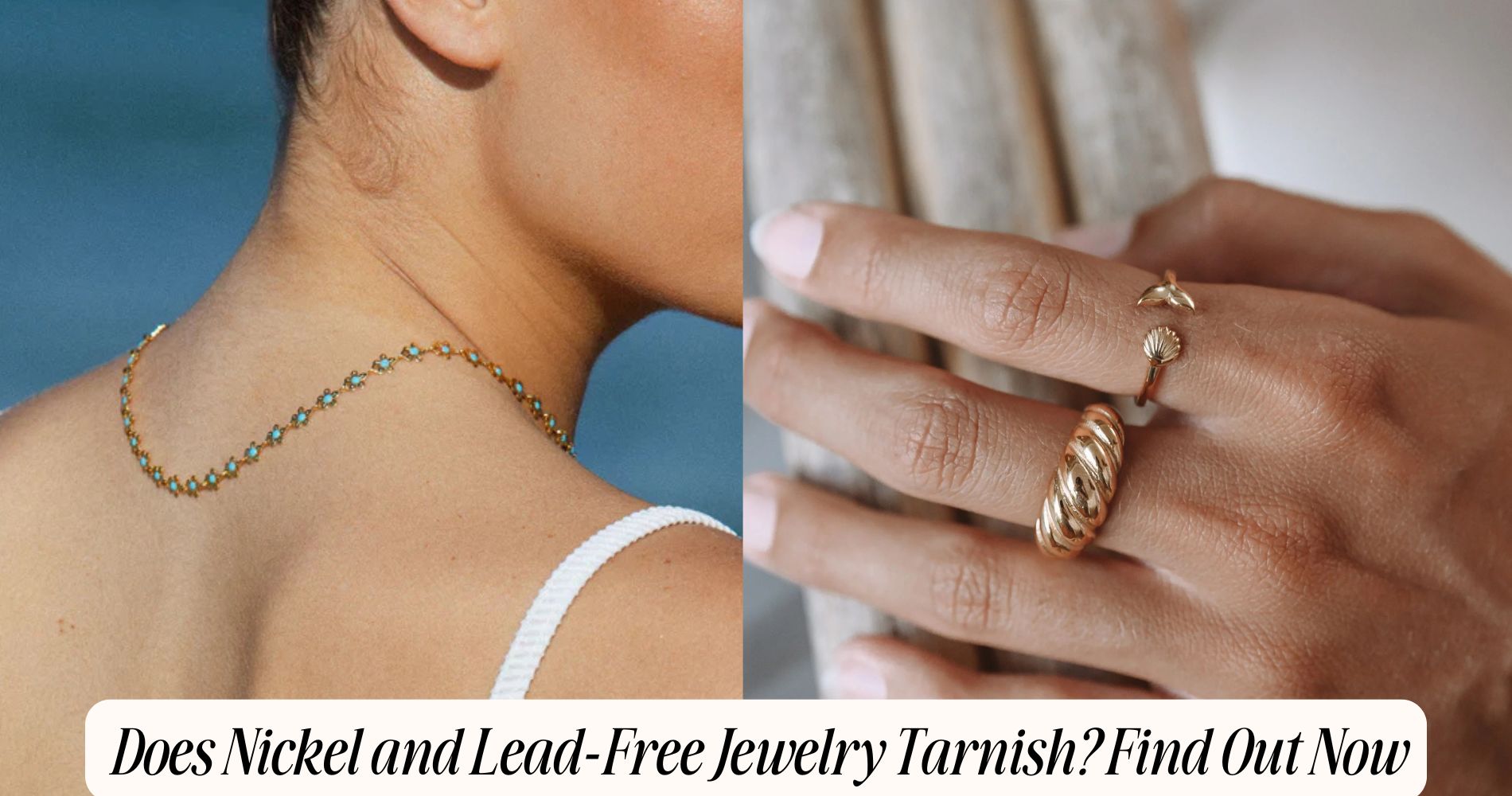
Does Nickel and Lead-Free Jewelry Tarnish? Find Out Now
Does nickel and lead-free jewelry tarnish? While nickel and lead-free jewelry is less prone to tarnishing compared to traditional metals, it’s not completely immune. These pieces, often crafted from hypoallergenic materials like stainless steel and sterling silver, are resistant to oxidation that typically causes tarnish. However, exposure to moisture, body oils, and environmental pollutants can still impact their shine over time. To preserve their beauty, regular cleaning with a soft cloth and proper storage in a cool, dry place are essential. Explore Atolea's Waterproof Jewelry Collection for durable, tarnish-resistant designs that stand the test of time.
Understanding Tarnishing
When you wear jewelry, it's essential to understand that tarnishing is a natural process influenced by various factors. Exposure to moisture, air, and chemicals can accelerate this phenomenon, affecting metals like silver and copper.
To combat this, effective tarnishing prevention starts with proper jewelry maintenance. Always store your pieces in a cool, dry place, preferably in anti-tarnish pouches or cloths. Limit exposure to perfumes, lotions, and chlorinated water, as these can hasten tarnishing.
Regularly clean your jewelry using a soft cloth to remove dirt and oils. Finally, consider using protective coatings specifically designed for jewelry to further shield it from tarnishing agents.
What Is Nickel-Free Jewelry?
Nickel-free jewelry is designed specifically for those seeking to avoid allergic reactions caused by nickel, a common metal used in many alloys. If you have nickel allergies, wearing jewelry containing this metal can lead to irritation, redness, and discomfort.
Nickel-free options often use materials such as stainless steel, titanium, or plastics, providing safe jewelry alternatives that still offer style and beauty. It's important to check product descriptions and labels to make sure you're buying truly nickel-free items.
Many brands now cater to this demand, offering an array of designs that appeal to various tastes. By choosing nickel-free jewelry, you can enjoy your accessories without the worry of allergies affecting your skin or comfort.
What Is Lead-Free Jewelry?
Lead-free jewelry is crafted without the inclusion of lead, ensuring a safer option for those with sensitive skin or concerns about toxicity.
You'll find that these pieces are often made from alternative materials like stainless steel, sterling silver, and certain types of plastics, providing both style and durability.
Choosing lead-free options not only reduces health risks but also contributes to environmentally friendlier practices in jewelry making.
Composition of Lead-Free Jewelry
Although many consumers seek jewelry options that minimize allergic reactions and environmental impact, understanding the composition of lead-free jewelry is essential.
Lead-free jewelry typically incorporates a mix of metal types such as stainless steel, sterling silver, and brass, all devoid of harmful lead. A thorough composition analysis reveals that these materials often contain alloying elements to enhance durability and appearance.
For instance, stainless steel is prized for its resistance to tarnish and corrosion, while sterling silver offers a classic shine. By choosing these material types, you not only reduce the risk of skin irritation but also contribute to a more sustainable jewelry market.
Knowing the specific composition helps you make informed decisions when selecting lead-free options.
Benefits of Lead-Free Options
Choosing lead-free jewelry offers numerous advantages, particularly for individuals with sensitive skin or those concerned about environmental sustainability.
One of the primary health benefits is reduced risk of allergic reactions. Lead can cause skin irritation, rashes, or even serious health issues over time, so opting for lead-free options guarantees skin safety.
Additionally, many lead-free materials are more environmentally friendly, as they don't contribute to harmful waste associated with lead production. This choice not only protects your health but also supports ethical manufacturing practices.
By wearing lead-free jewelry, you enjoy stylish pieces without compromising your well-being or the planet.
Ultimately, lead-free options provide peace of mind, allowing you to express your style safely and responsibly.
Common Materials Used
When exploring lead-free jewelry, you'll find a variety of materials that guarantee both safety and style.
One popular choice is stainless steel, known for its durability and resistance to tarnishing. This metal is hypoallergenic, making it ideal for those with sensitive skin. Additionally, stainless steel can be beautifully finished to mimic the look of precious metals without the associated risks.
Another common material is gold plating, which involves a thin layer of gold applied over a base metal. While it offers the luxurious appearance of gold, it's important to note that gold plating can wear off over time, especially with frequent use.
Factors That Cause Tarnishing
Tarnishing occurs as a result of various environmental and chemical factors that interact with the surface of jewelry. One of the primary tarnishing causes is exposure to moisture, which can lead to oxidation, especially in metals like silver.
Additionally, body oils, perfumes, and lotions can accelerate this process by creating a chemical reaction. Air pollutants, such as sulfur compounds, also contribute considerably to tarnishing.
Poor jewelry maintenance, like not regularly cleaning your pieces or storing them improperly, can exacerbate these issues. To minimize tarnishing, consider using anti-tarnish pouches or cloths and store your jewelry in a dry, cool place.
Comparing Tarnishing Rates
While some metals are more prone to tarnishing than others, understanding the specific rates at which nickel and lead-free jewelry tarnishes can help you make informed decisions about your accessories.
Generally, lead-free jewelry, often made from materials like stainless steel or sterling silver, exhibits slower tarnishing rates compared to nickel-based pieces.
Nickel tends to react more with moisture and skin oils, leading to quicker tarnishing and affecting jewelry longevity.
In contrast, high-quality lead-free options provide enhanced durability and resistance to tarnishing, making them more appealing for daily wear.
Caring for Your Jewelry
To keep your nickel and lead-free jewelry looking its best, regular cleaning is essential.
You should use a gentle cloth to wipe away dirt and oils, while proper storage in a dry, soft-lined box can prevent scratches and tarnishing.
Regular Cleaning Techniques
Regularly cleaning your nickel and lead-free jewelry not only enhances its shine but also prolongs its lifespan.
To maintain your pieces, adopt effective cleaning methods. A simple solution of mild soap and warm water can work wonders; gently scrub with a soft toothbrush, focusing on crevices. Rinse thoroughly and dry with a soft cloth.
For a deeper clean, consider using a jewelry cleaner specifically designed for your materials. Remember, regular maintenance tips include avoiding harsh chemicals and storing your jewelry away from moisture.
Additionally, clean your jewelry after wearing it to remove oils or residue from skin products.
Proper Storage Practices
Proper storage practices are essential to preserving the beauty and integrity of your nickel and lead-free jewelry. To prevent tarnishing and scratches, always store your pieces in a cool, dry place.
Use soft pouches or anti-tarnish cloths for individual items, as this minimizes friction and exposure to air. If you prefer a jewelry box, look for one with compartments to enhance jewelry organization, keeping different materials separated.
Avoid plastic containers, as they can trap moisture; instead, opt for wooden or fabric-lined boxes. Regularly check your stored jewelry for signs of tarnish or damage.
Choosing the Right Jewelry
Choosing the right jewelry can greatly impact both your style and comfort, especially if you have sensitive skin. Start by evaluating your style preferences; do you lean towards elegant, minimalist pieces, or bold, statement accessories? This will guide your selections.
Next, consider your budget. High-quality, nickel and lead-free jewelry often comes at a premium, but investing in durable materials can save you money in the long run, as these pieces resist tarnishing and wear better.
Additionally, explore hypoallergenic options like titanium or surgical steel, which cater to sensitive skin without sacrificing style. Ultimately, striking a balance between aesthetic appeal and affordability guarantees you enjoy your jewelry without compromising comfort or causing irritation.
Frequently Asked Questions
Can I Wear Nickel and Lead-Free Jewelry in Water?
You can wear nickel and lead-free jewelry in water, but it's best to avoid prolonged exposure. Proper jewelry care, like drying it after contact, can help maintain its appearance and longevity.
How Can I Prevent Tarnishing on My Jewelry?
To prevent tarnishing on your jewelry, practice regular jewelry care. Use gentle cleaning techniques like a soft cloth and mild soap. Store pieces separately in anti-tarnish pouches, ensuring they remain dry and protected from air exposure.
Is Tarnishing Reversible for All Jewelry Types?
Tarnishing isn't reversible for all jewelry types; it depends on the material. You can mitigate tarnishing causes through effective cleaning methods, but some metals may require professional restoration to fully regain their original luster.
Does Climate Affect the Tarnishing of Jewelry?
Yes, climate greatly affects tarnishing factors. High humidity, temperature fluctuations, and air pollution contribute to jewelry deterioration. Understanding the environmental impact on your pieces helps you take proactive measures to minimize tarnishing and maintain their appearance.
What Materials Blend With Nickel and Lead-Free Jewelry?
When considering metal combinations for nickel and lead-free jewelry, you'll find materials like copper and zinc enhance alloy properties. These blends improve durability and aesthetics while minimizing allergic reactions, ensuring a comfortable wear experience for you.
Conclusion
To summarize, while nickel and lead-free jewelry is less likely to tarnish compared to traditional metals, it can still undergo oxidation over time. Factors like exposure to moisture, chemicals, and even body oils play significant roles in tarnishing rates. To maintain your jewelry's shine, it's important to care for it properly by storing it in a dry place and cleaning it regularly. By making informed choices, you can enjoy your jewelry's beauty while minimizing tarnishing effects.








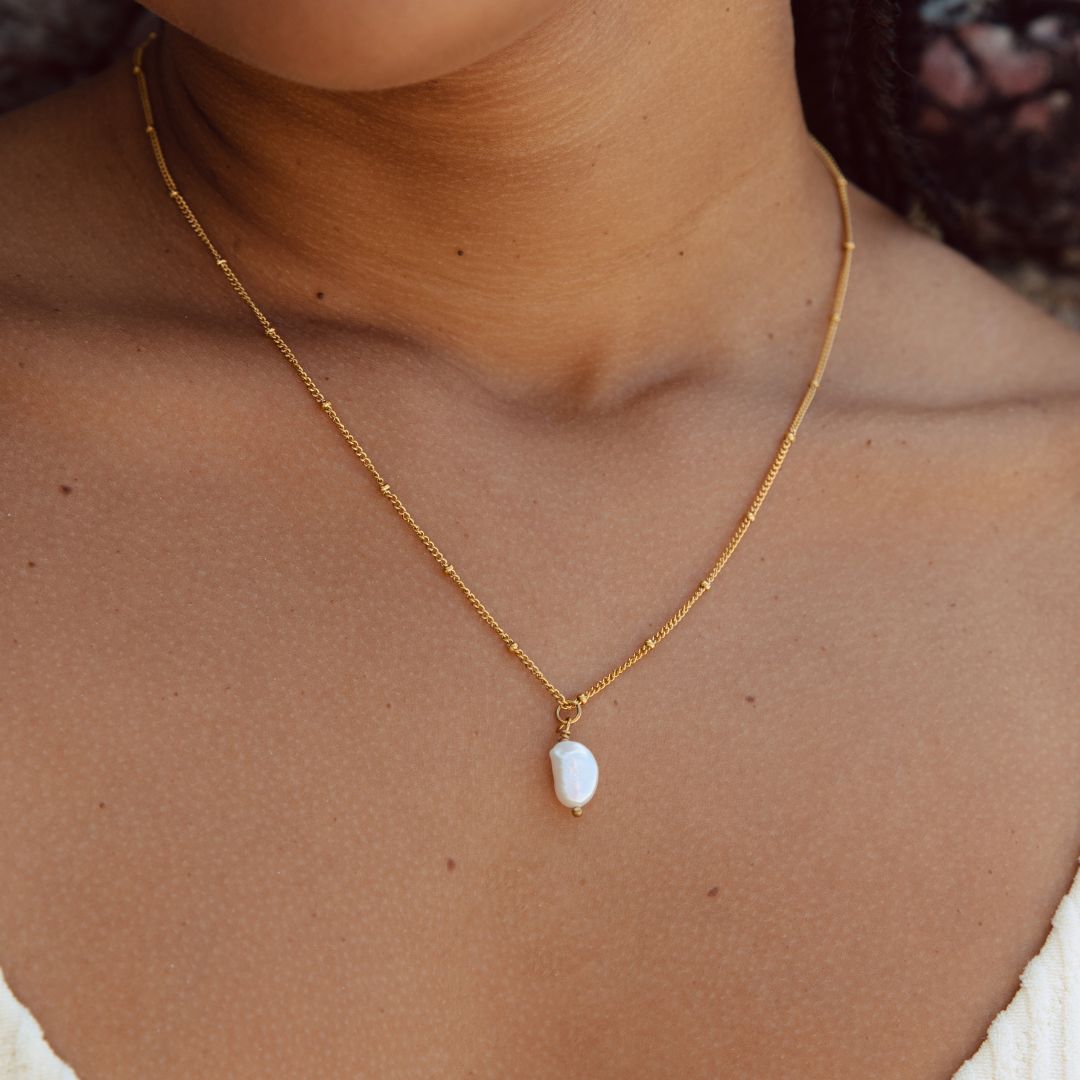

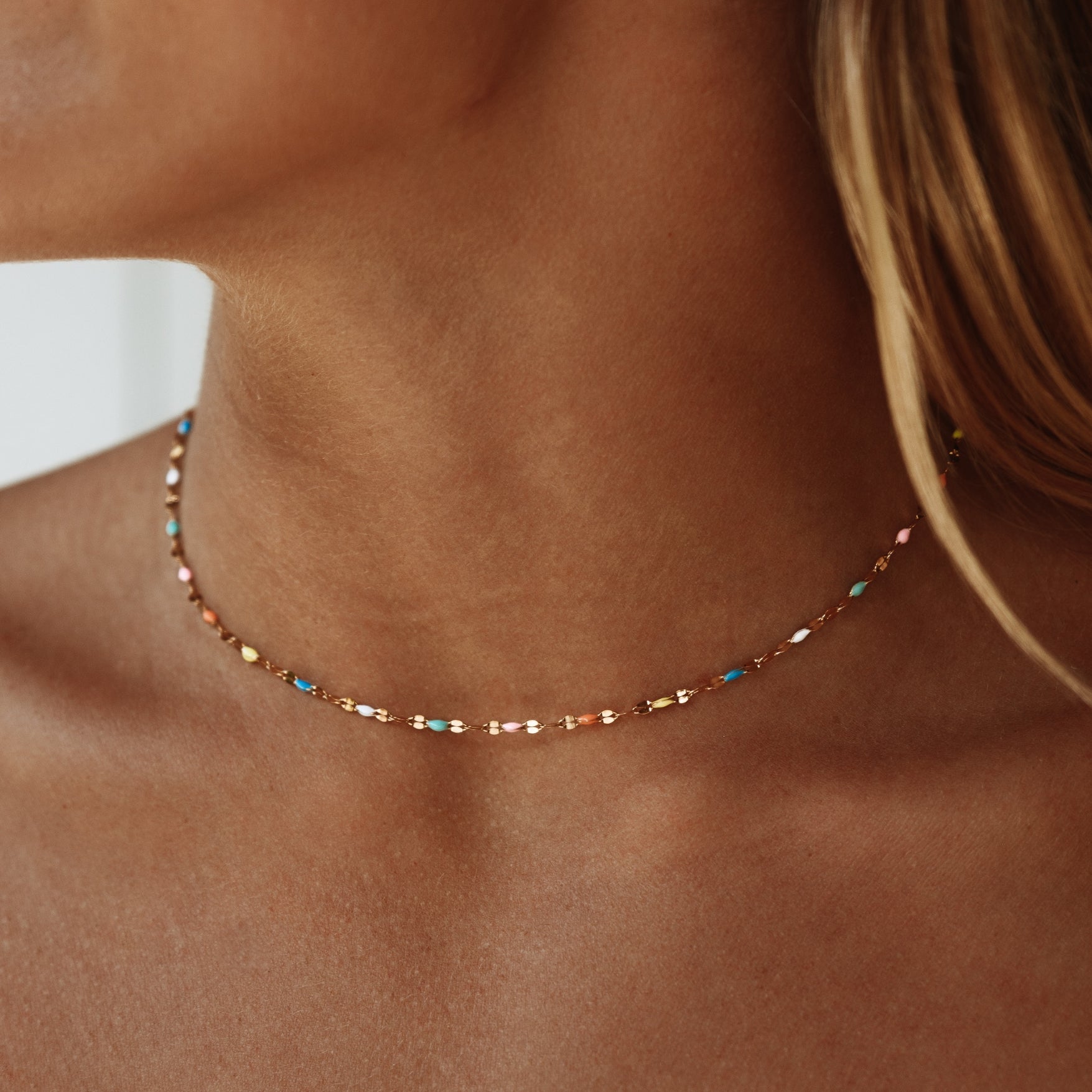


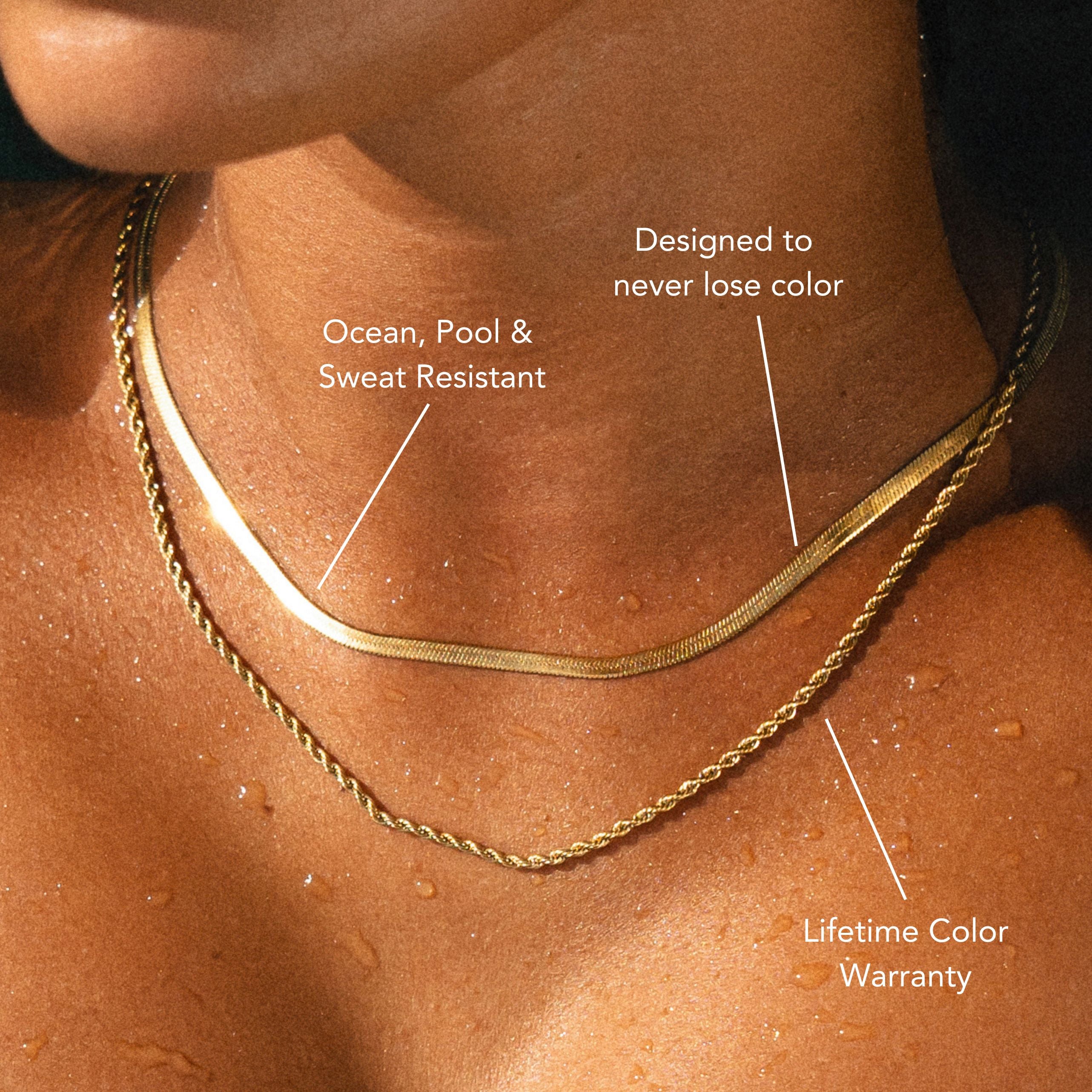
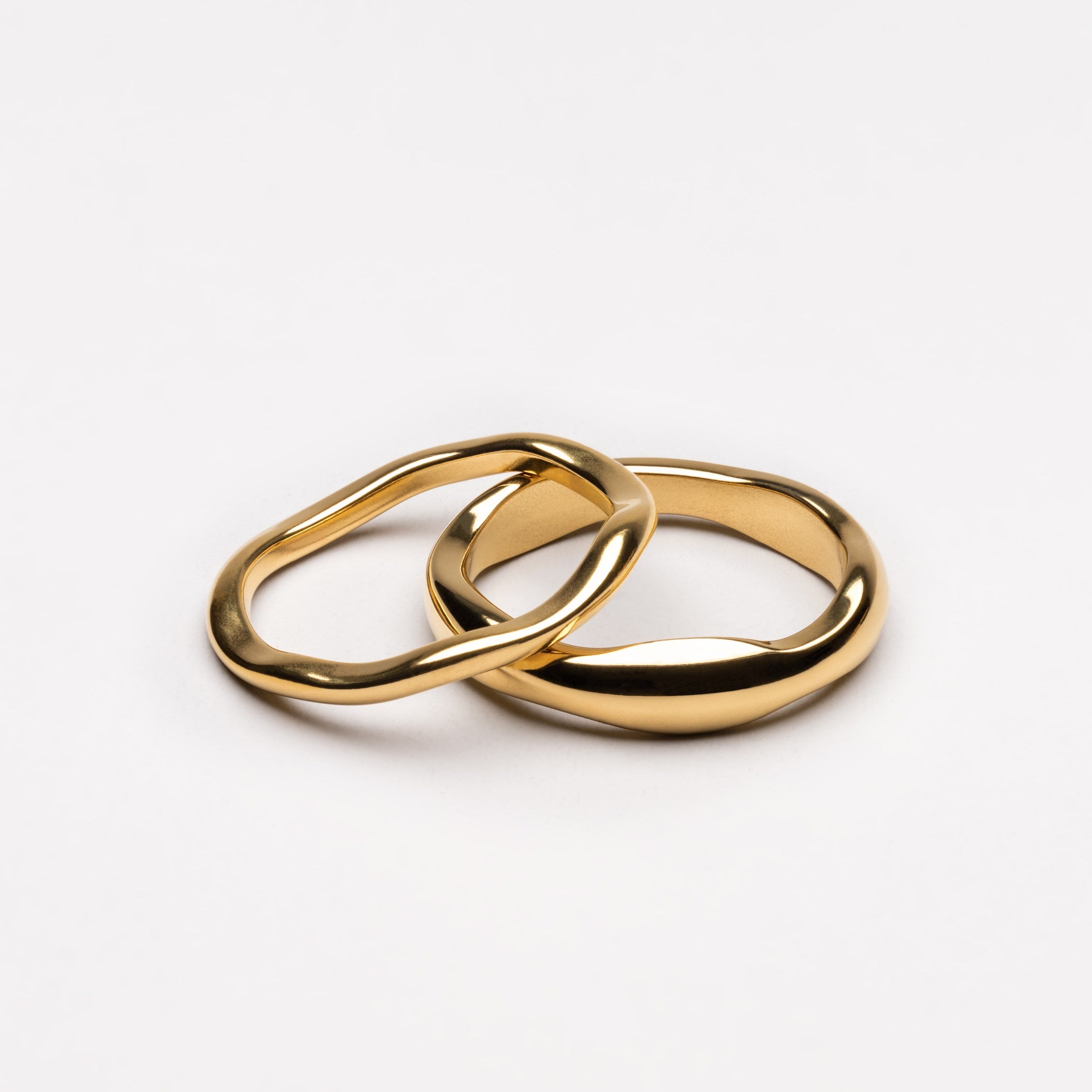


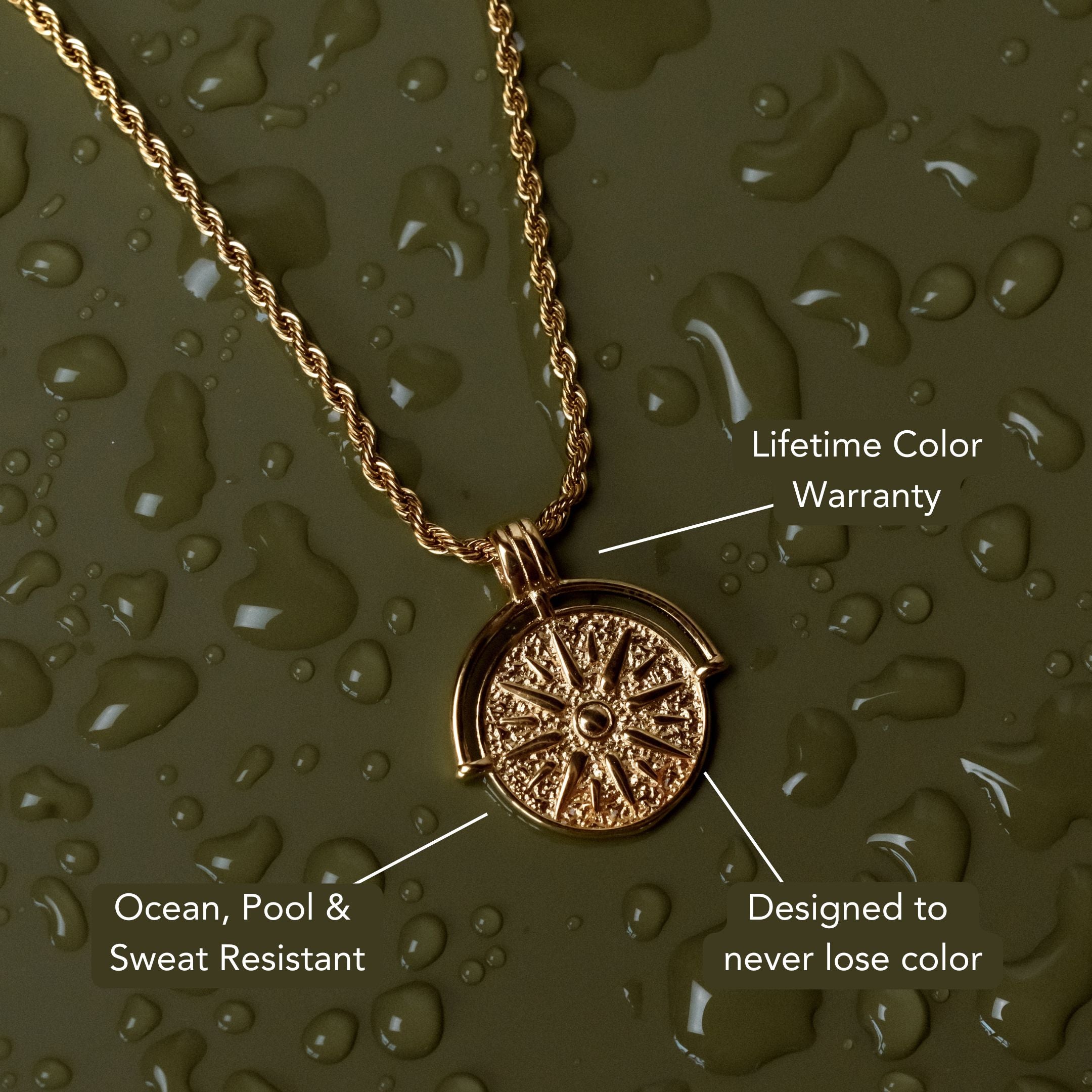
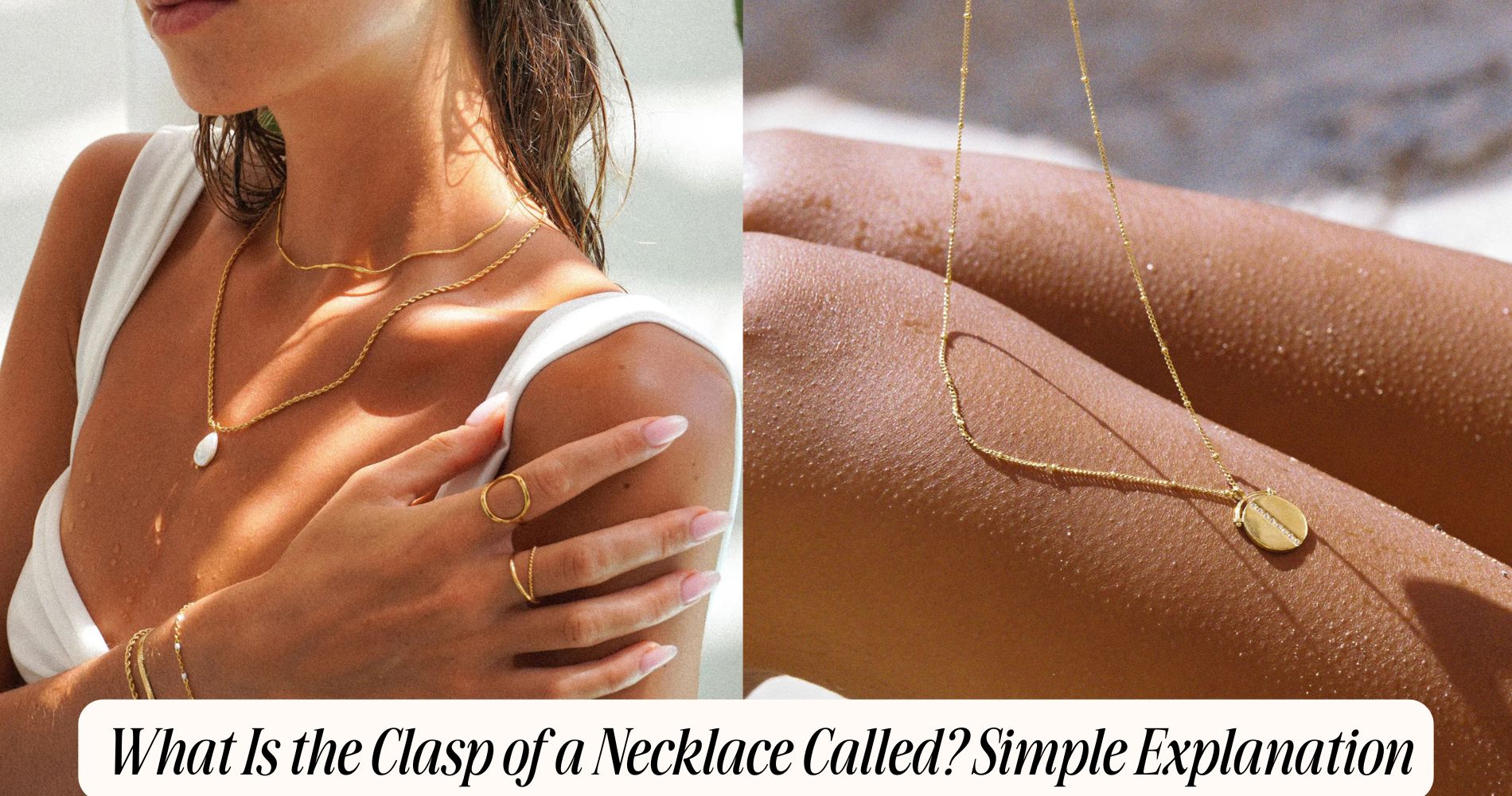
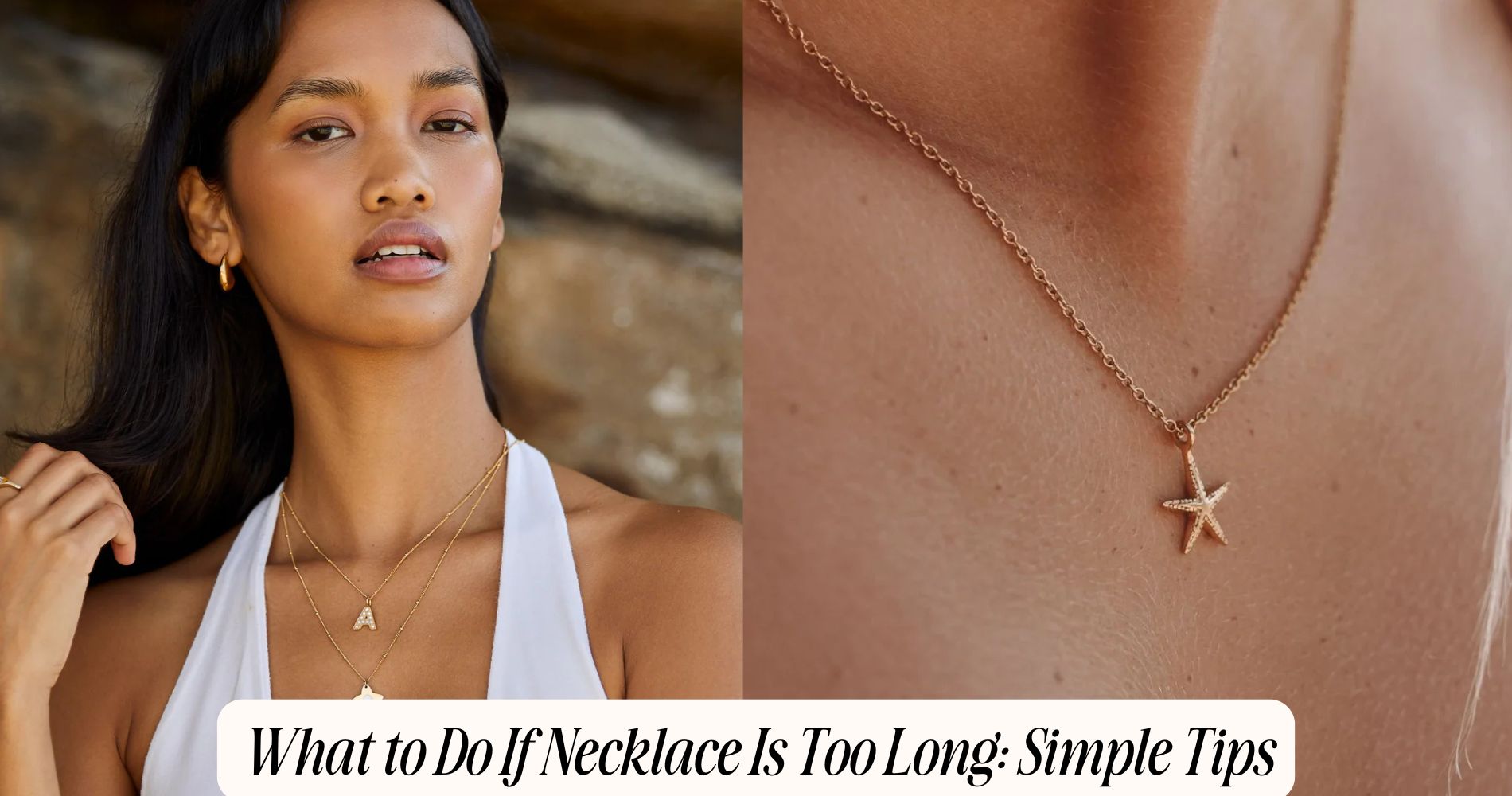




Leave a comment
This site is protected by hCaptcha and the hCaptcha Privacy Policy and Terms of Service apply.